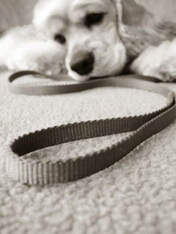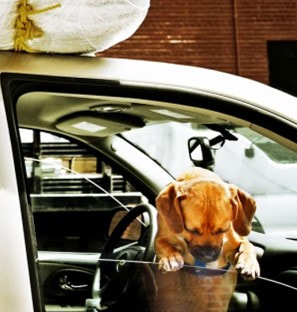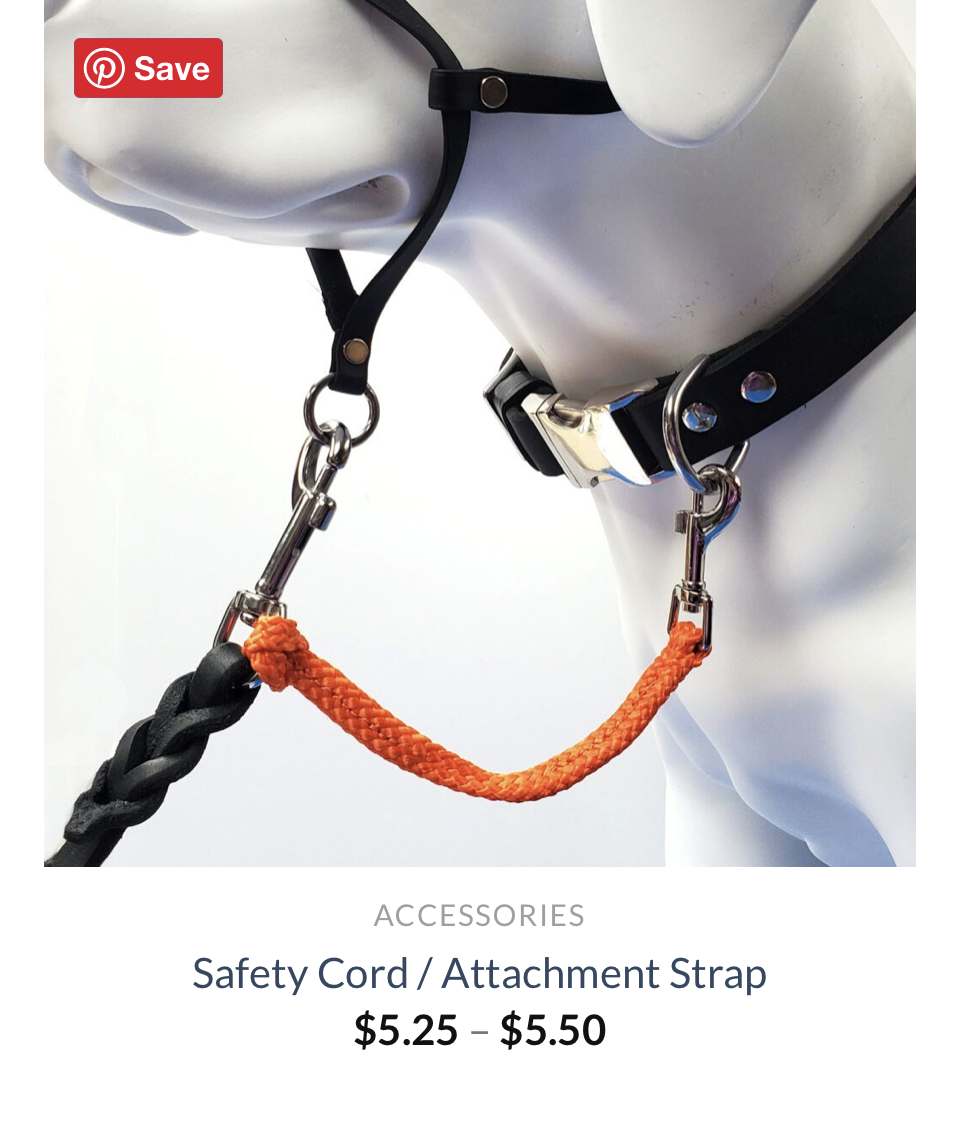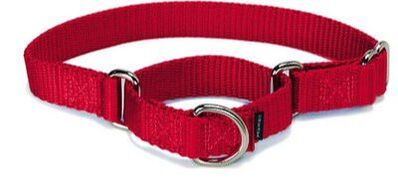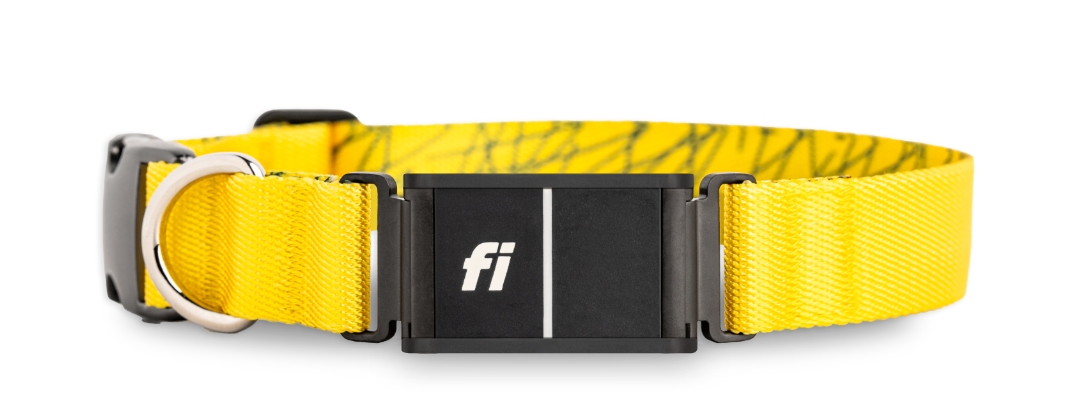Preventing Your Dog from Going Missing
Below are just a few tips for keeping your dog safe. Download my comprehensive booklet above for detailed information. Maintain Fences
NOTE: Electric fences and physical fences do not deter predators from entering your yard. Never leave your dog outside unattended. Keep Your Dog on Leash Off leash dogs can take off in an instant. Do not let your dog off leash. Your dog may leave the yard to go exploring or to follow a scent, person, dog, cat, or to chase a squirrel. Your dog might spot a deer or other wild animal and take chase. You may or may not be able to call your dog back to you, but why take the risk? Dogs can and will chase deer for miles. NOTE: Off leash dogs are at risk of being attacked or killed by predators. Train Your Dog
Supervise Your Dog Never leave or send your dog outside alone. Dogs left outside are at risk of running off, being stolen, and being attacked by predators or other dogs. No dog should ever be left outside alone. Predators can jump and climb very high fences and come out of the sky. Go outside with your dog and when you come in, bring in your dog. Too many small dogs let outside alone are taken by predators. This happens in fenced yards, unfenced yards, and yards with invisible fences. Coyotes can easily climb a 6-foot fence. Hawks, eagles and owls can drop down and kill a small pet in an instant. If you send your dog outside alone - you are always taking a chance that a predator will kill your dog. You may have done it for years. Your luck may run out. I can cite cases I have worked on where a dog let outside alone disappeared without a trace. Some owners had been letting dog out alone for years. In one case, after 10 years, a predator took the dog. In another case, a small dog was ripped out of his harness while tied outside. I saw the coyote tracks in the mud and the torn harness still attached to his tie out. It’s not safe. Predators are hunting 24/7 and they are hunting everywhere. Check and Secure Doors and Gates
Secure Your Dog in a Vehicle Dogs should always be secured in a vehicle for many reasons. Use a crate or a dog seatbelt in the back seat to secure your dog. Never put your dog in the front seat. If your airbag deploys, it could kill or severely injure your dog. Unsecured dogs can:
Collars, Harnesses, and Leashes
Identification Tags, Microchips, and GPS Trackers
Stolen Dogs Dogs are stolen all the time. If your dog is outside unsupervised, then your dog could easily be stolen. Stolen dogs are often sold on websites such as Craigslist or FB pet sites. Stolen dogs are also used as bait in dog fighting rings. Sick people steal dogs to harm them. Prevent thieves from easy access to your dog. | |||||


